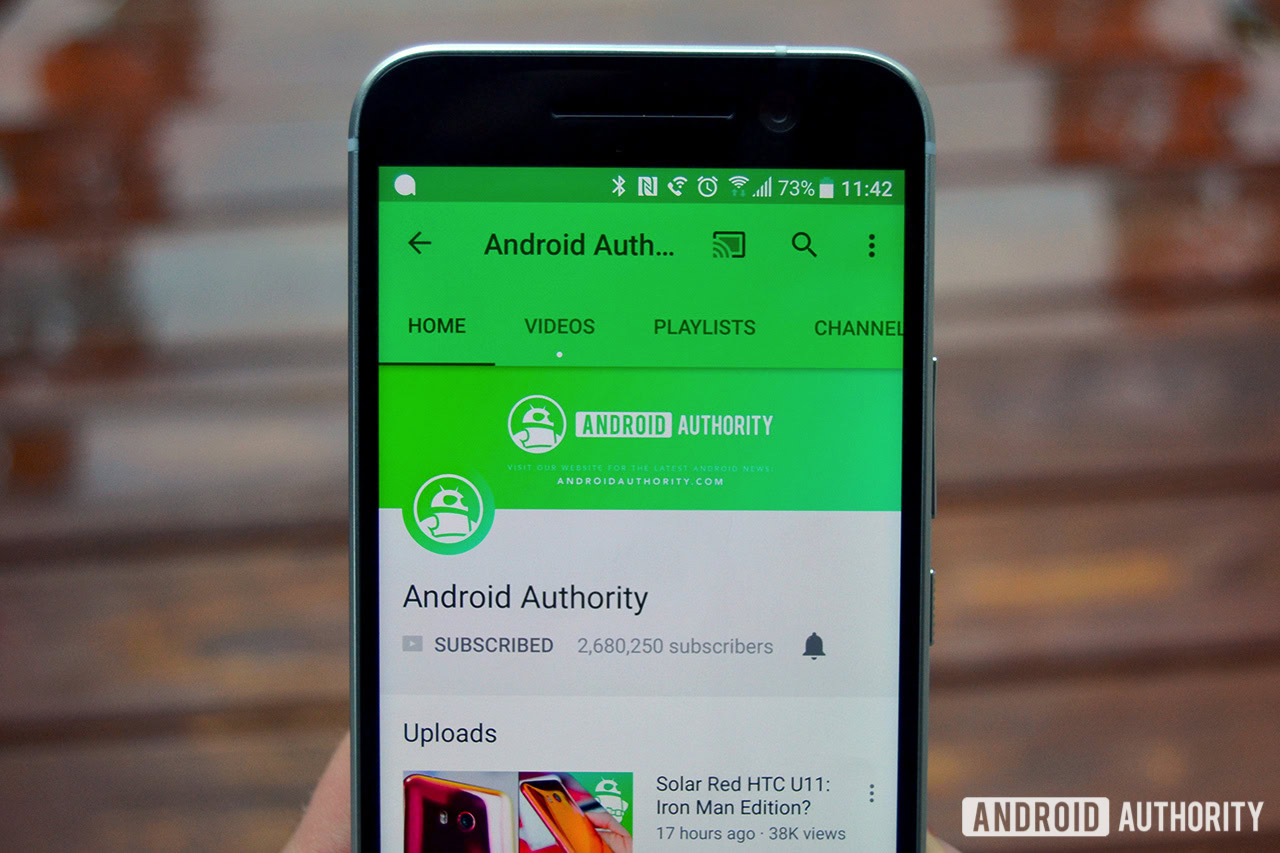Affiliate links on Android Authority may earn us a commission. Learn more.
Google's $300 million News Initiative to fight fake news, simplify subscriptions

- Google unveiled its $300 million News Initiative, which aims to help publishers stem the tide of misinformation and their shrinking bottom lines.
- Subscribe with Google lets you use your Google account to pay for and manage news subscriptions.
- Google looks to tackle “fake news” with improvements to Search and more.
The news industry might blame its decline on sites like Google, but they all must grapple with the proliferation of “fake news.” The search giant hopes to address both points with its $300 million News Initiative.
With online ad revenue on the decline, publishers like The New York Times and The Atlantic try to monetize their sites with limited numbers of free articles and paywalls. This is frustrating for those used to getting their content for free, but also for those who do not want to manage several separate subscriptions.
Google hopes to mitigate that frustration with Subscribe with Google, which lets people buy, manage, and log in to paywalled content with their Google accounts. Google Play Newsstand currently lets you do something similar, with the difference being the content is now shown in a normal browser instead of a separate app.
There is a bit more legwork involved for your existing subscriptions, but the bottom line is that your Google account will act as the middle-man between yourself and news publications.

As a nice bonus, your content shows up in a dedicated module when searching for stuff on Google, so long as you use Subscribe with Google.
Google said the feature has been in testing since October 2017 and worked with almost 60 different organizations across 18 countries. Publications that will support Subscribe with Google at launch include Les Échos, Fairfax Media, Le Figaro, the Financial Times, Gatehouse Media, Grupo Globo, The Mainichi, McClatchy, La Nación, The New York Times, NRC Media, Le Parisien, Reforma, la Republica, The Telegraph, USA Today Network and The Washington Post.
Google expects that list to grow over time. Also, Subscribe with Google does not issue one flat rate for all of these publications. Each sets its own prices, so if you expected Subscribe with Google to adopt an à la carte model, look elsewhere.
Subscribe with Google is only one part of Google’s News Initiative, however, with the other being tackling misinformation.
To minimize misinformation during breaking news, Google improved its systems to emphasize authoritative results over those that are fresh and relevant. The prioritization feature built into Search is available in the US, with other countries to follow in the coming months.

Google’s efforts do not stop there, as the search giant partnered with the World Wide Web Consortium’s Credibility Coalition to develop technical markers “that can enable third-party assessments of online content.” Publishers can then use these assessments to assert the credibility of their content.
Finally, Google will release datasets to help machine learning models detect synthesized content.
These might be positives for news organizations and consumers, but Google does not necessarily do this from its heart. The search giant, along with Twitter and Facebook, has been criticized over the proliferation of misinformation in recent times. Google wants to save its own skin, but at least there will be some positives stemming from it.